The Fighter is the master of arms in DnD 5E. It’s one of simplest and most effective brawlers on the battlefield, but its solid foundation could do with spicing up a bit. Multiclassing a Fighter with other strong classes can transform it from a simple beatstick to a versatile 5E powerhouse.
That said, knowing what to combine with your Fighter can be tricky. Most classes love two levels of Fighter in their multiclass builds, but what if you want to put most of your levels into Fighter and dip your toes into other classes? Let’s talk about some of the strongest options.
The five best classes to multiclass with Fighter in DnD 5E
A Fighter has excellent weapon-based damage with multiple attacks and solid durability, but terrifyingly poor combat utility and out-of-combat utility. The best multiclass options for the Fighter either solidify it as a combat savant with even more damage, or give it the out-of-combat power it needs to make a difference outside battle.
Our choices help the Fighter to be a true master of combat, instead of a Jack-of-all-Trades. That said, both interpretations of the Fighter multiclass build are valid.
Fighters have many low-impact levels between level 12 and 20. That range is usually where multiclassing is easiest, but feel free to do so earlier if your build allows it.
5) Wizard
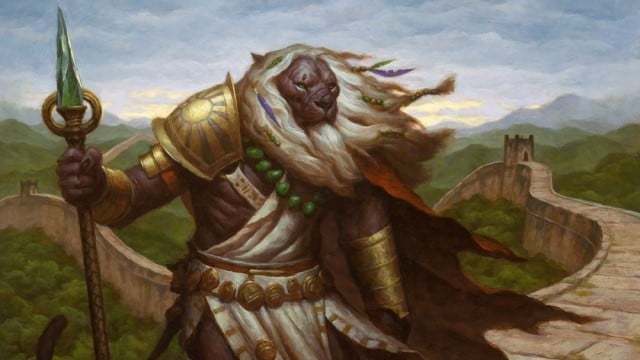
- Prerequisites: Intelligence 13.
- Benefits: Exceptional spellcasting.
- Downsides: Weaker durability, slightly reduced physical damage.
The Wizard with two levels in Fighter is a legendary multiclass due to the immense power of Action Surge for casters. So, what does a Fighter with a handful of levels in Wizard provide a party?
The magic number is five. Five levels of Wizard gets you level three spells, which is where a Wizard shines. Fly, Haste, and Counterspell are fantastic. But, lower level options like See Invisibility, Mirror Image, Silvery Barbs, and Shield are all really potent. Thanks to the Wizard’s additional spell slots from Arcane Recovery, it’s easy for the Fighter to spam these defensive options to stay alive.
Despite this, it’s very difficult to take these options while keeping the Fighter’s damage online. If you start taking these levels at Fighter level 11—after you get your second Extra Attack—you get to the build’s endgame by level 16. That isn’t exactly early, but it will replace your Fighter’s empty levels with strong spellcasting.
Eldritch Knight makes good use of spellcasting levels, but all Fighters love a bit of magical support in their lives. As for which Wizard subclass works best, Divination and Chronurgy are great choices. Bladesinging can be a fun choice, though we wouldn’t recommend it.
4) Rogue
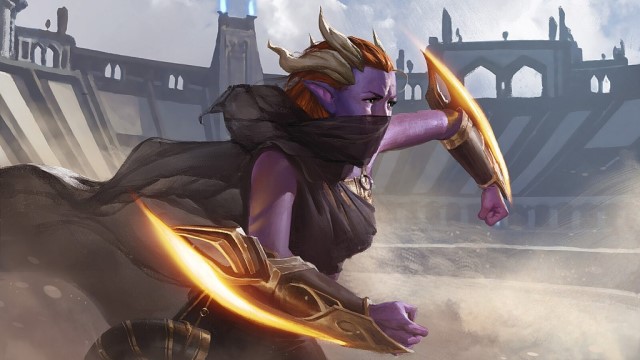
- Prerequisites: Dexterity 13.
- Benefits: Sneak Attack, significant out-of-combat improvements.
- Downsides: Slightly weaker durability.
The Rogue offers a lot to a growing Fighter, most notably in the skill department. Rogues get Sneak Attack and Expertise—one for a tiny amount of extra damage, the other providing out-of-combat potential.
Additional levels in Rogue simply improve the menu. Cunning Action is an exceptional ability that gives a Fighter solid bonus actions. Dash, for example, can get a melee Fighter across the battlefield with no resources.
You’re locked into a subschool of weapons if you want Sneak Attack. Usually, this means you’re the party’s Ranged damage dealer with a Longbow, but a melee Fighter with a Rapier and Shield can be an offensive and defensive powerhouse. Alongside Sneak Attack, you can use this to make a rather devilish character.
For your Roguish Archetype, which we recommend you consider choosing a powerful level three option like Swashbuckler that can be highly impactful for your Fighter’s build. Fighters that work well with high investment in Rogues include the Samurai, which can get very easy Advantage access and plays well with Advantage.
3) Warlock
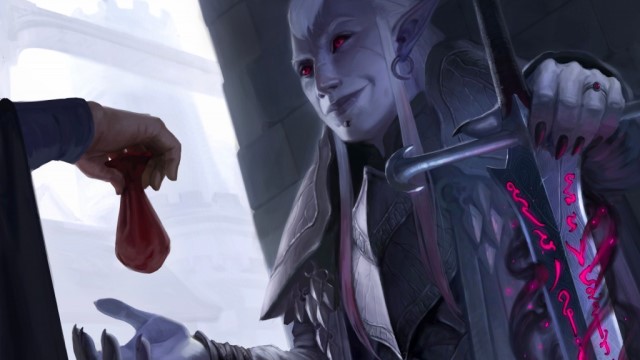
- Prerequisites: Charisma 13.
- Benefits: Interesting weapon improvements, Eldritch Blast.
- Downsides: Charisma requirement.
Another option for a spellcasting Fighter, Warlock levels can be a huge boon for a melee characters. The Hexblade in particular offers a unique path for a Fighter, granting Charisma-based weapon attack and damage rolls. That way, the Fighter can focus on middling Strength for Heavy Armor or enough Dexterity to fill the DEX cap of a Breastplate.
Then, the melee-focused Warlock can fire Eldritch Blasts as their ranged option. Eldritch Blast isn’t exactly the strongest ranged option for a Fighter, but a melee Fighter is usually reliant on thrown weapons or bad bow skills to take on foes at a distance. Eldritch Blast is 4d10+20 damage by the endgame, which is very potent.
In addition, the Warlock’s spell options of Hex and Armor of Agathys always help, even with just one or two levels in Warlock. The Hexblade also offers good options in Shield.
We recommend Fighter builds that can make multiple attacks, like the Echo Knight. These can easily overwhelm enemies under the effect of Hex.
This build has surprisingly poor out-of-combat utility, focusing more on defending the Fighter. But, dipping five or more levels into Warlock can provide the Fighter with additional spell utility and Invocation, which is a great help.
2) Barbarian
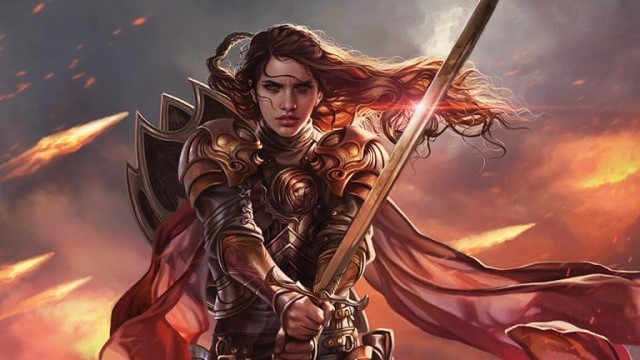
- Prerequisites: Strength 13.
- Benefits: Significant improvements to durability, Reckless Attack.
- Downsides: No Heavy Armor.
The Barbarian is a fascinating multiclass for the Fighter. Barbarians provide two things during the crucial first two levels of the multiclass: Rage and Reckless Attack.
Rage gives a Fighter unmatched durability. Though they must wear Medium Armor to do so, getting resistance to physical damage can let a Fighter stay alive on the frontlines for twice as long. That’s huge for a Fighter who has peaked in damage and is looking to stay astride their foes for longer. And no Medium Armor only tends to lose your character one or two AC.
Reckless Attack is another can of worms. The Fighter suffers only slightly from accuracy issues thanks to the usefulness of Great Weapon Fighting. Reckless Attack effectively removes any issues with accuracy, letting your Fighter tear through enemies consistently.
Barbarian isn’t done being useful, though. A third level in Barbarian lets you access Totem Warrior, giving your Fighter unrivaled durability. Alternatively, archetypes like Storm Herald or Ancestral Guardian can make things awkward for enemies who want to turn your Monk into a pile of meat.
Your Fighter’s terrible level 13-16 can very much be fortified with a sprinkle of Barbarian. And you can even keep a backup set of Heavy Armor for when you need a Full Plate’s AC.
Honorable Mention: Paladin
- Prerequisites: Strength 13 and Charisma 13.
- Benefits: Divine Smite, minor spellcasting.
- Downsides: Too many levels can overlap Extra Attacks very easily.
Paladin is the best option for an Eldritch Knight multiclass in 5E, since it’s one of the few ways to send your damage to the moon over the course of a turn.
Paladin levels, specifically for Divine Smite, gives the Fighter a method to make good use of its three weapon swings in a round. The ability to apply Divine Smite on each attack, given you have enough spell slots, can quickly and effectively turn an enemy into a crater. Combined with excellent low-level spells like Bless and Shield of Faith, the Paladin can quickly utilize a powerful set of low-level spells to dominate a battlefield within a turn.
That said, it doesn’t last long without some help. Eldritch Knights can use Paladin levels to round out their spell list effectively while boosting the number of spell slots available to the Fighter, but that’s it. Otherwise, you’ll be stuck with a handful of first-level spells to work with.
1) Ranger
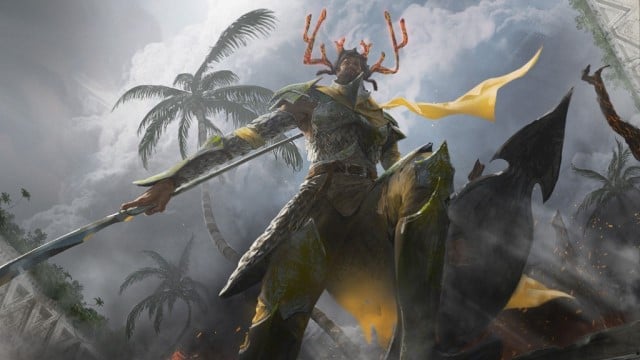
- Prerequisites: Dexterity 13 and Wisdom 13.
- Benefits: Hunter’s Mark, solid spells, bonus Fighting Style.
- Downsides: Too many levels can overlap Extra Attacks very easily.
Ranger is a consistent and powerful option to add to your Fighter in DnD 5E. This is largely because of the incredible strength of the Hunter’s Mark spell, as well as the Tasha’s Cauldron ability Favored Foe. Not only this, but the Ranger also brings additional abilities to the table, from Expertise on certain abilities to an additional Fighting Style, which can help your Fighter grow.
Your goal with this build is use Hunter’s Mark to turn enemies into pincushions. Hunter’s Mark and a Fighter’s Extra Attack can do upwards of 5d6 damage per turn, if you can find extra attacks and bonus action attacks. The Crossbow Expert feat can make this simple.
The Ranger is a good choice for a Fighter who can afford the 13 Wisdom, as well as a Fighter who wants to expand their toolkit with slightly better single-target damage. The extra Fighting Style can be in something like Archery, Dueling, or Defense, depending on what your build is looking for. Spells of note other than Hunter’s Mark include Absorb Elements and Longstrider.
We don’t recommend getting farther than four levels into Ranger to prevent anti-synergy with Extra Attack stacking. If you do, you’ll be able to improve Deft Explorer with additional movement speed and speed options.
Overall, this elevates your Fighter to the next level in terms of taking down a single target quickly. The Ranger does this in such an impactful way, while also giving the Fighter some utility abilities, that it earns its place as our pick for the best Fighter multiclass option in 5E.


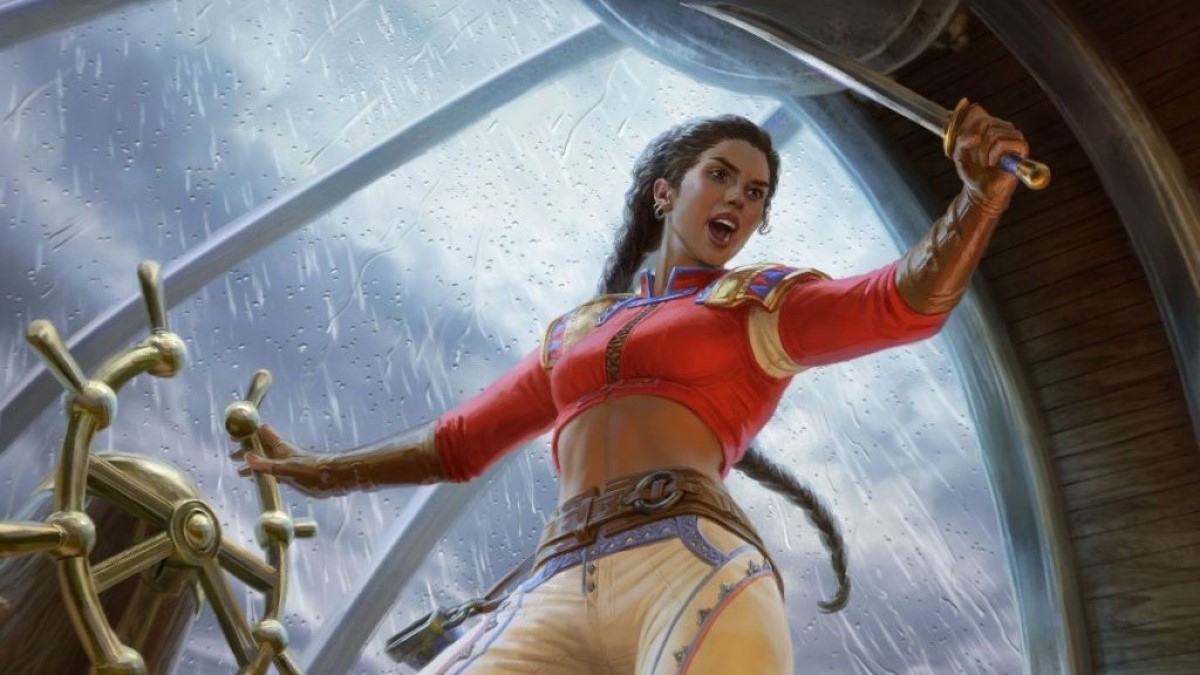

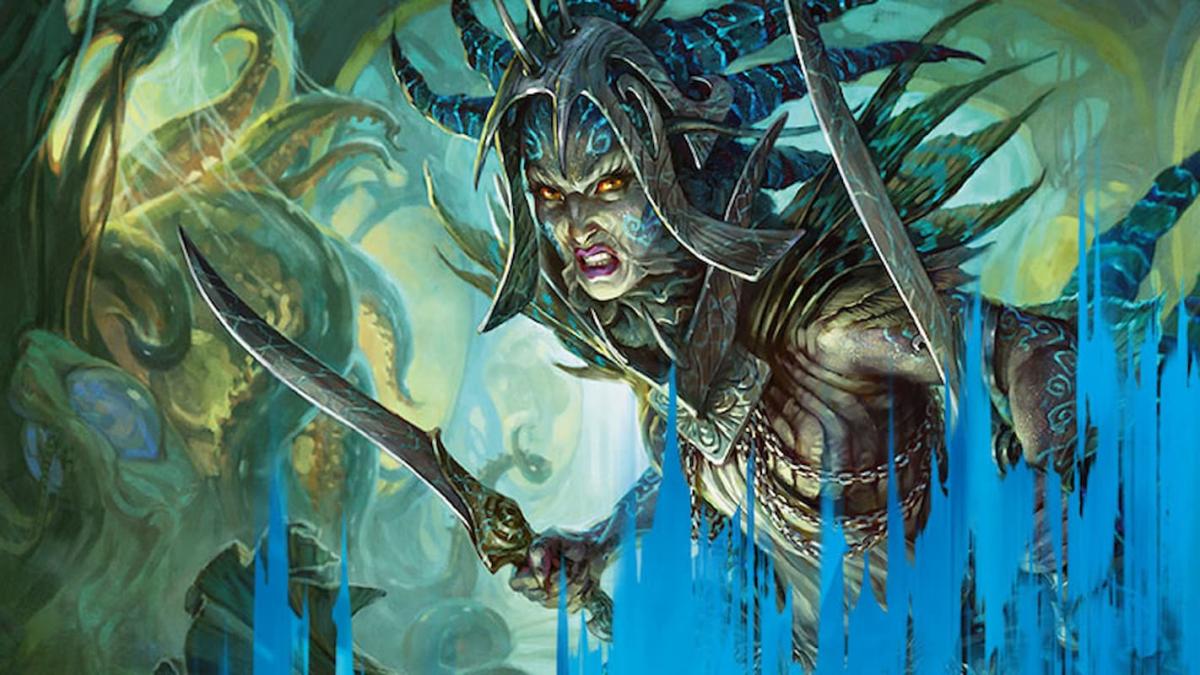
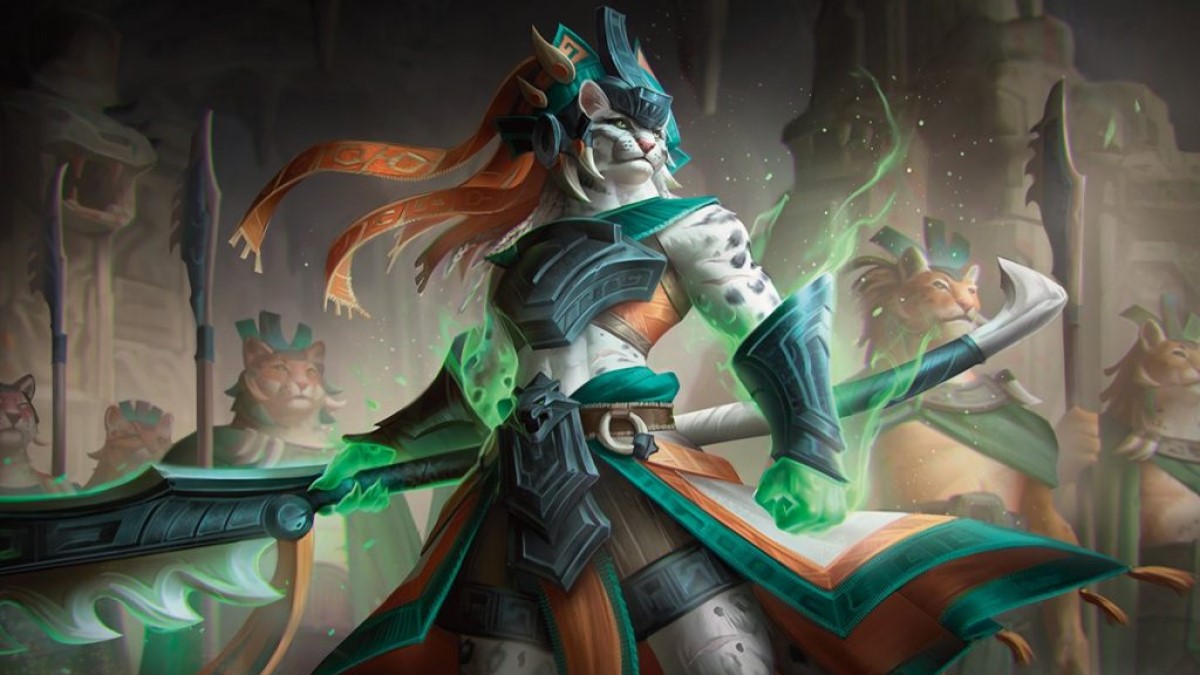
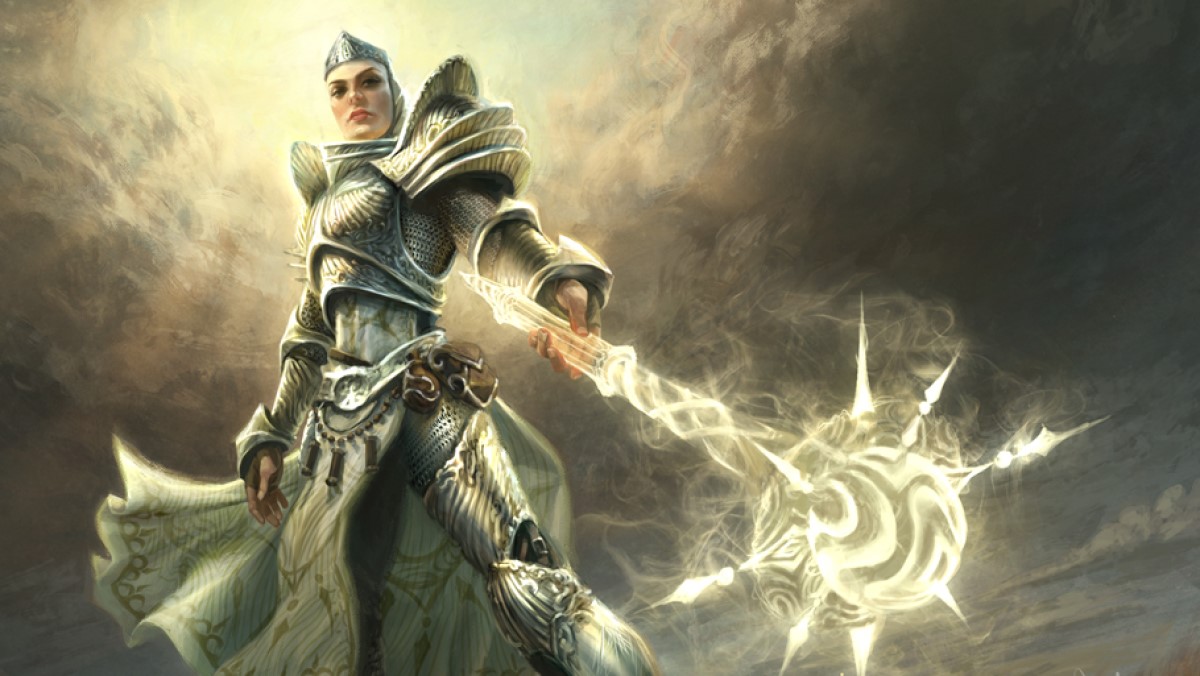

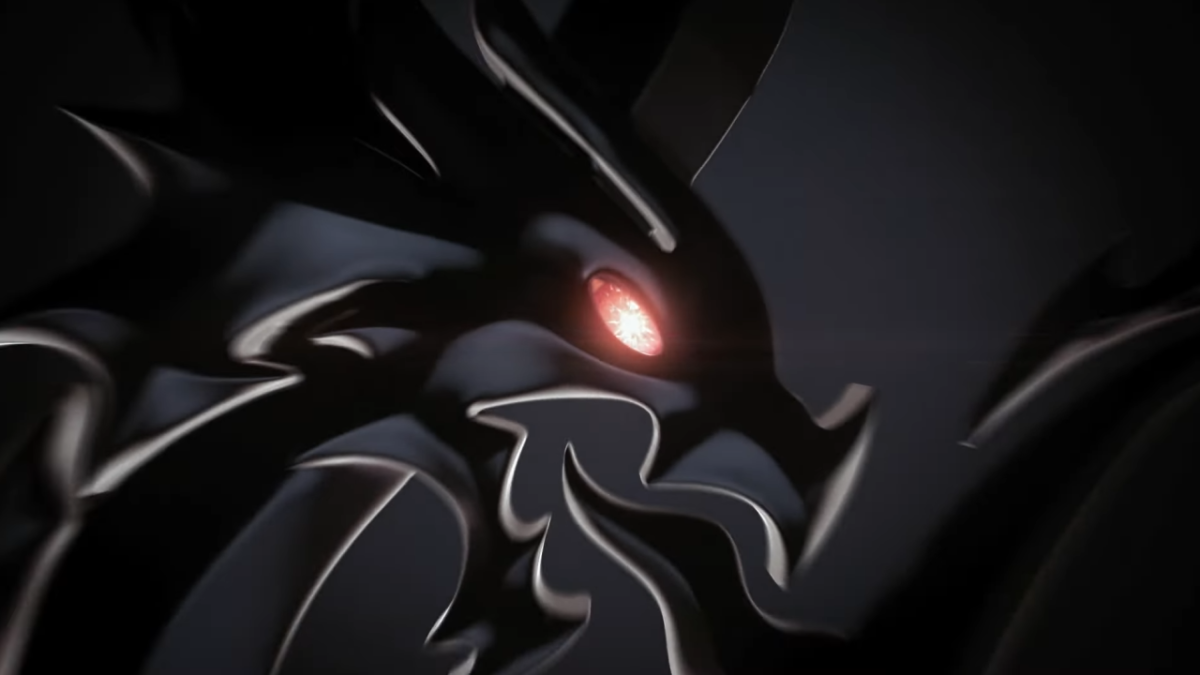

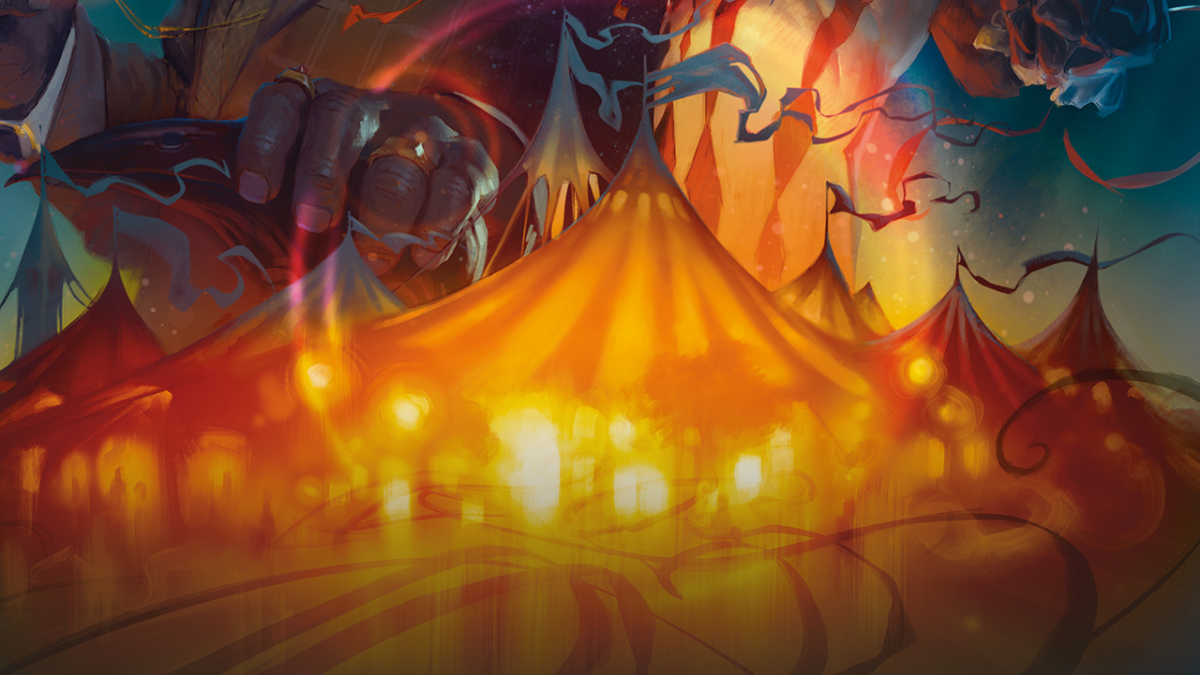
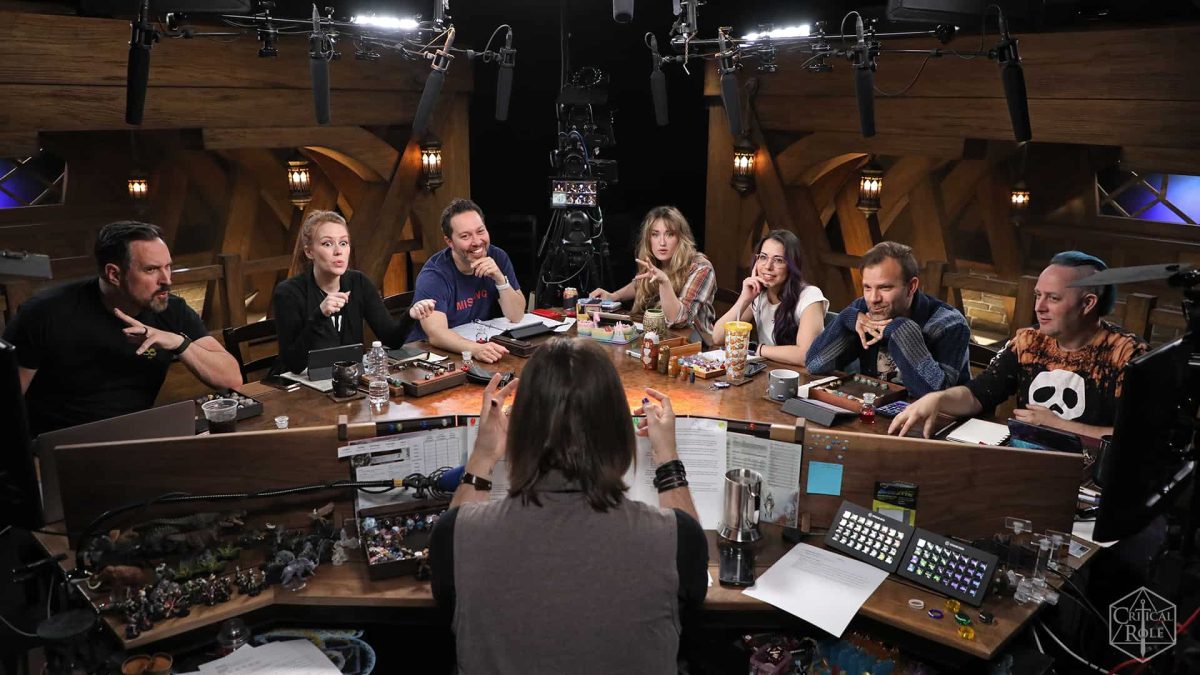
Published: Dec 16, 2023 08:33 am